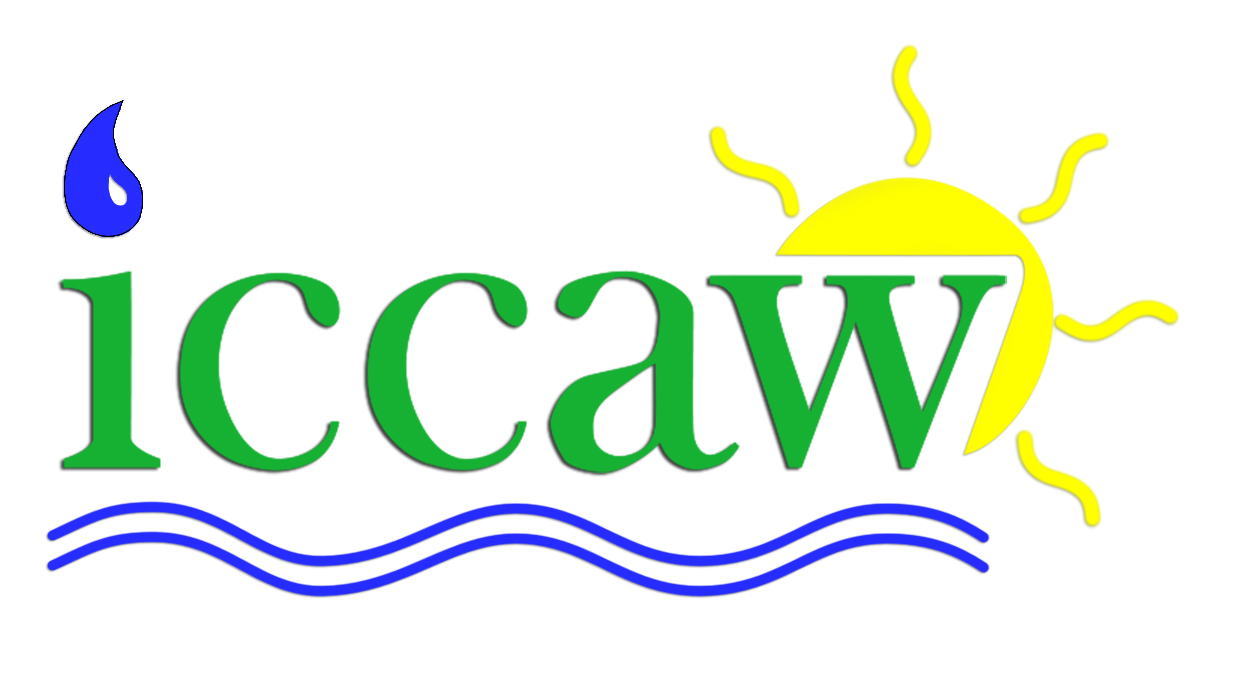How CAFOs Impact the Quality of Rural Life
The only thing proponents and opponents of CAFOs seem to agree about is that the controversies surrounding CAFOs invariably strain social relationships in rural communities and often rip the social fabric of rural communities apart. A 2006 report published by the State of North Dakota Attorney General’s Office provides a review of 56 socioeconomic studies. The study concluded:
“Based on the evidence generated by social science research, we conclude that public concern about the detrimental community impacts of industrialized farming is warranted… a concern that has not abated but that has grown more intense in recent years, as the social and environmental problems associated with large animal confinement operations have become widely recognized.”
CAFOs impact quality of life in rural areas in three main ways: they disrupt rural lifestyles, increase economic disparity, and deny democratic rights of rural people. Studies have confirmed that odors from CAFOs, results in neighbors losing the ability to go in and out of doors freely.
As a result residents often experience feelings of violation, isolation, and infringement. Backyard barbecues and visits with friends and family at farm homes always risk being disrupted by odors. Social gatherings and church attendance also may be affected by odors. All of these disruptions destroy the common sense of belonging and identity that is typically associated with ways of life or lifestyles in rural communities.
In addition, the basic industrial nature of CAFOs seems to violate a “rural ethic” or shared sense of social and economic equity and justice. Rural people, like people elsewhere, may be a bit jealous of neighbors who prosper while others in the community continue to struggle. However, individual economic success is generally accepted, if not applauded, as long as those who succeed do not do so at the expense of their neighbours or the community as a whole. Such is not the case with CAFOs, which are motivated by profits, not by neighborliness.
The establishment of a CAFO almost always leads to decreases in property values for neighbors, and if accompanied by a number of CAFOs, can threaten the economic future of the community as a whole. Todd Knutson, from Green County, had his property tax assessment from $220,700 to $161,800, or about 27 percent, because of his proximity to a hog CAFO.1 Even though most of the profits go to outside corporate investors, local CAFO owners may reap significant short-run economic benefits.
These local investors are seen as benefitting at the expense of their neighbours and the community. This leads to social animosity as well as economic instability in the community. A large number of studies have documented increased social and economic inequity in areas where CAFOs locate.
In addition, rural residents who are concerned about CAFOs often find that they have no protection and almost no rights under existing laws. Recognizing the inadequacies of existing CAFO regulations, opponents frequently turn to locally-elected officials and administrators for help. The basic denial of rights of local control of both citizens and elected officials leads to “political deskilling” in rural communities – meaning people lose their ability to articulate a position, listen, strategize, research and make decisions. Unable to protect themselves from CAFOs, people in rural areas may lose their ability to function as civil communities.
1) The Country Today, "Tax assessment lowered due to proximity to hog farm" Tax-assessment-lowered-due-to-proximity-to-hog-farm-nbsp.html
2) Curtis Stofferahn, “Industrialized Farming and Its Relationship to Community Well-Being: an Update of the 2000 Report by Linda Labao,” special report prepared for the North Dakota, Office of Attorney General,
http://www.und.edu/org/ndrural/Lobao%20&%20Stofferahn.pdf
Rural Quality of Life resources used with permission from the Iowa Alliance for Responsible Agriculture.

